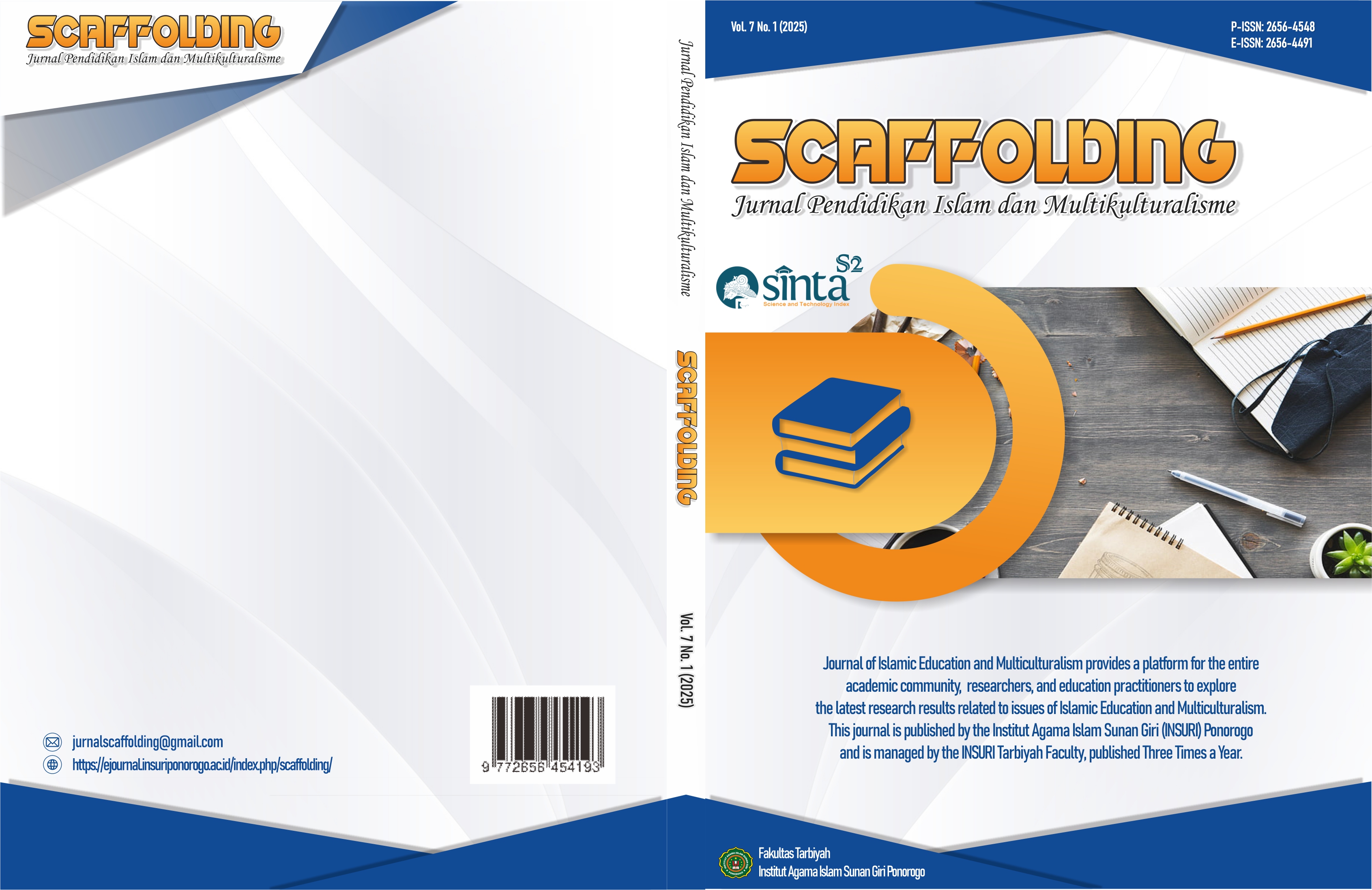The Effect of Earth Rotation Diorama Learning Media on the Critical Thinking Ability of Science Subjects in State Elementary School
DOI:
https://doi.org/10.37680/scaffolding.v7i1.7083Keywords:
Earth Rotation Dioramic, Critical thinking skills , learning media, miniature MHPC, MHPC Karekan, Learning Media, Quasi-experimental design, StudentsAbstract
This study aims to investigate the influence of Earth Rotation Diorama learning media on the critical thinking ability of grade VI students in elementary school. This study uses a quantitative method with a quasi-experimental design. All participants in this study were students in grade VI of SD Negeri No 060909 Medan Denai. The data collection technique was carried out using research instruments in the form of questionnaires on the validity of questions and tests (pretest and posttest). The sampling technique in this study uses simple random sampling, with the sample used being 15 grade VI students who are divided into control groups and experiments groups to be given a pretest and a posttest. The data analysis is quantitative or statistical through validity, realism, difficulty level of questions, differentiation, data normality, homogeneity, and hypothesis test calculated using SPSS version 30. From this study, the results were obtained, from the posttest showed that the experimental class exceeded the control class. Students' critical thinking skills are tested at a real level = 0.05. Tallahassee (∝> 0, 855 > 0, 514). And the significant rate is 0.001 to 0.05. The data normality test showed that the pretest < posttest in the control class with a sig of 0.067, 0.05, and the experimental class with a sig of 0.144, 0.05, showed that the data followed a normal distribution. Because the results of the hypothesis test are less than 0.05, it can be concluded that the use of Earth Rotation Diorama media has proven to be efficient in improving critical thinking skills.
Downloads
Published
Issue
Section
License
Copyright (c) 2025 Yunizar Ritonga, Zunidar Zunidar

This work is licensed under a Creative Commons Attribution-NonCommercial 4.0 International License.
Authors who publish with this journal agree to the following terms:
Authors retain copyright and grant the journal right of first publication with the work simultaneously licensed under a Creative Commons Attribution-NonCommercial 4.0 International License that allows others to share the work with an acknowledgement of the work's authorship and initial publication in this journal.
Authors are able to enter into separate, additional contractual arrangements for the non-exclusive distribution of the journal's published version of the work (e.g., post it to an institutional repository or publish it in a book), with an acknowledgement of its initial publication in this journal.
Authors are permitted and encouraged to post their work online (e.g., in institutional repositories or on their website) prior to and during the submission process, as it can lead to productive exchanges, as well as earlier and greater citation of published work.



